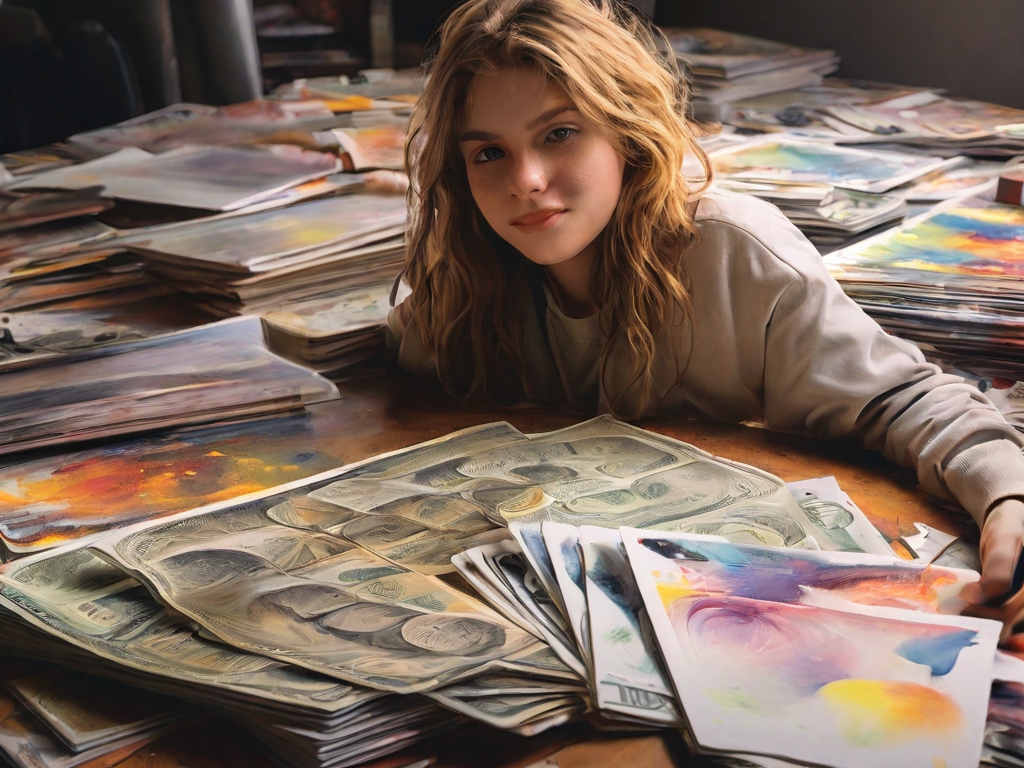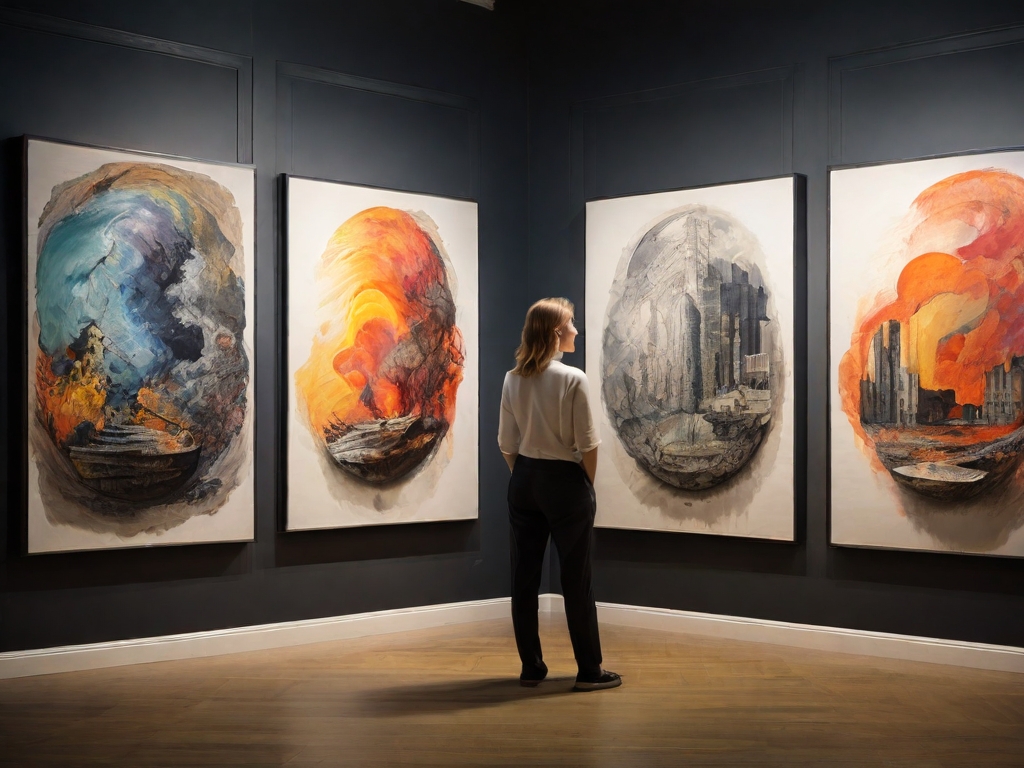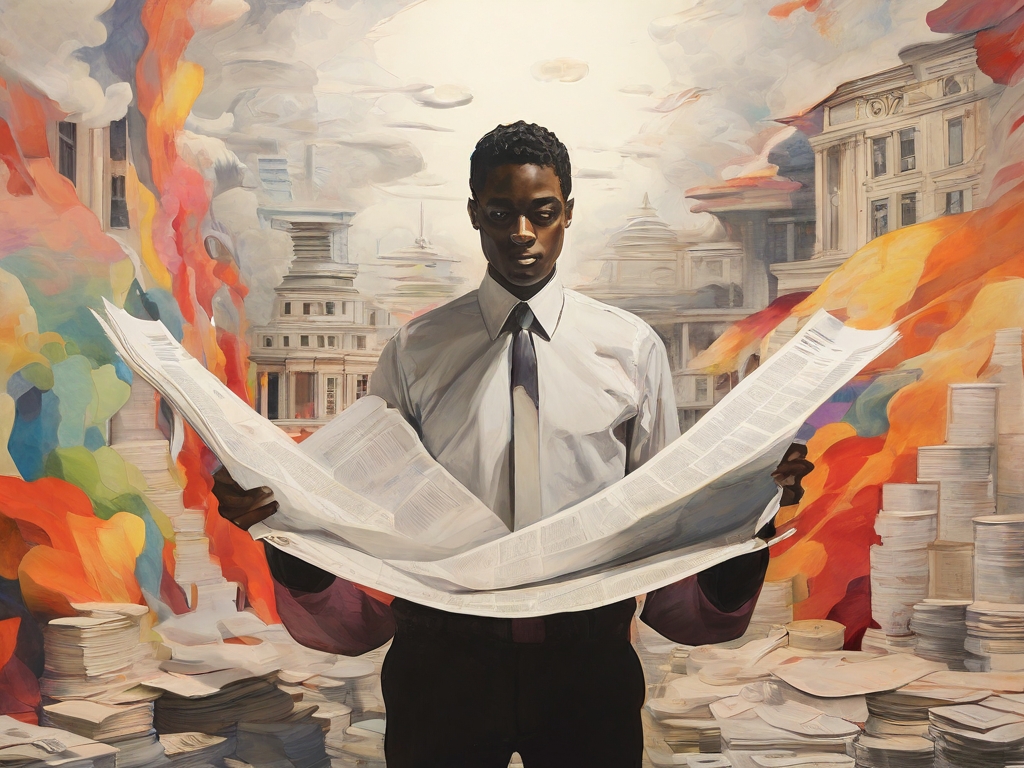
Introduction:
Investing in artwork has long been a fascination for many, blending the realms of passion and profit. The allure of owning a piece of history, culture, or creative expression can be irresistible. However, the decision to invest in art goes beyond mere aesthetic appreciation; it involves understanding the financial implications and considering whether art fits into one’s investment portfolio. In this comprehensive guide, we delve into the pros and cons of investing in artwork, examining its potential returns, risks, and broader significance.

Understanding Art as an Investment:
Art investment, often considered an alternative asset class, offers unique opportunities and challenges compared to traditional investments like stocks, bonds, or real estate. Unlike financial assets, the value of artwork is subjective, influenced by factors such as artist reputation, historical significance, artistic quality, and market trends. The art market operates differently from other markets, characterized by opacity, illiquidity, and fluctuating demand.

Pros of Investing in Artwork:
Portfolio Diversification: ”’Investing in artwork”’ can diversify an investment portfolio, reducing overall risk by adding an asset with low correlation to conventional investments. Art’s performance may not necessarily align with the stock market, providing a hedge against economic downturns and inflation.
Tangible Asset: Art offers tangible benefits, allowing investors to enjoy and display their acquisitions. Unlike financial assets, art investments can provide aesthetic pleasure and cultural enrichment, enhancing the value beyond mere monetary returns.
Potential for High Returns: Historically, some artworks have yielded substantial returns, outperforming traditional asset classes. Blue-chip artworks by renowned artists can appreciate significantly over time, generating substantial profits for astute investors.
Prestige and Status: Owning valuable artworks can enhance one’s social status and prestige, reflecting sophistication, taste, and cultural capital. Art collections serve as symbols of wealth and discernment, elevating the investor’s reputation in social and professional circles.

Cons of Investing in Artwork:
Illiquidity: Art is inherently illiquid, meaning it cannot be easily converted into cash without significant time and effort. Selling artworks may involve auctions, galleries, or private sales, with transactions subject to market conditions and buyer preferences.
Lack of Transparency: The art market lacks transparency compared to traditional financial markets, making it difficult for investors to assess fair value and verify authenticity. Pricing discrepancies, insider trading, and market manipulation can undermine investor confidence and lead to unpredictable outcomes.
Volatility and Speculation: Art prices can be highly volatile, subject to sudden fluctuations driven by speculation, investor sentiment, and macroeconomic factors. Market bubbles and crashes have occurred in the past, causing substantial losses for unwary investors caught in the frenzy.
Expertise Required: Successful art investing requires expertise in art history, market analysis, and connoisseurship. Identifying promising artists, assessing the quality of artworks, and navigating the complexities of the art market demand specialized knowledge and experience.

Factors to Consider Before Investing in Artwork:
Budget and Risk Tolerance: ”’Investing in artwork”’ should align with one’s financial goals, risk tolerance, and liquidity needs. Art investments should constitute a reasonable portion of the overall portfolio, with careful consideration of potential losses and long-term commitment.
Art Market Trends: Stay informed about current trends, market dynamics, and emerging artists to make informed investment decisions. Monitor auction results, gallery exhibitions, and art fairs to gauge demand and identify investment opportunities.
Authentication and Provenance: Verify the authenticity and provenance of artworks before making a purchase, ensuring compliance with legal and ethical standards. Consult with art experts, appraisers, and provenance researchers to authenticate artworks and mitigate the risk of fraud.
Storage and Maintenance: Consider the practical aspects of owning art, including storage, insurance, conservation, and maintenance costs. Proper care and preservation are essential to protect the value and integrity of art assets over time.

Conclusion:
In conclusion, ”’should you invest in artwork”’? The answer depends on your investment objectives, risk tolerance, and appreciation for art as an asset class. While art offers the potential for high returns, portfolio diversification, and cultural enrichment, it also poses challenges such as illiquidity, volatility, and expertise requirements. Before embarking on an art investment journey, conduct thorough research, seek professional advice, and carefully weigh the pros and cons. Art investment can be rewarding both financially and personally, but it requires diligence, patience, and a discerning eye for value in the ever-evolving art market landscape.
